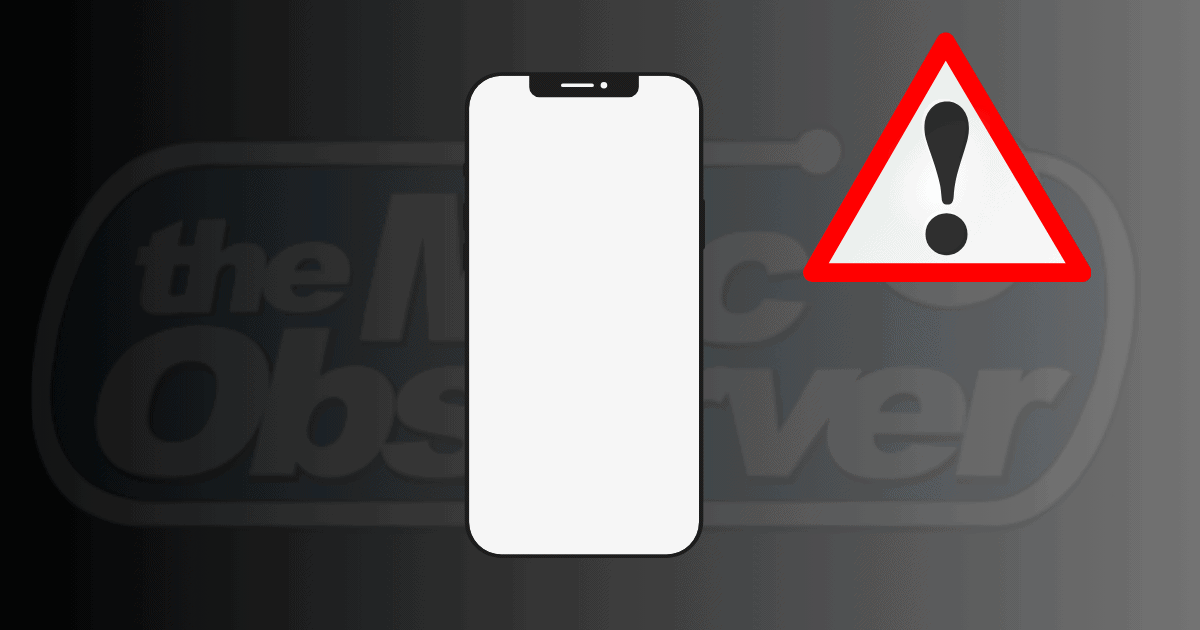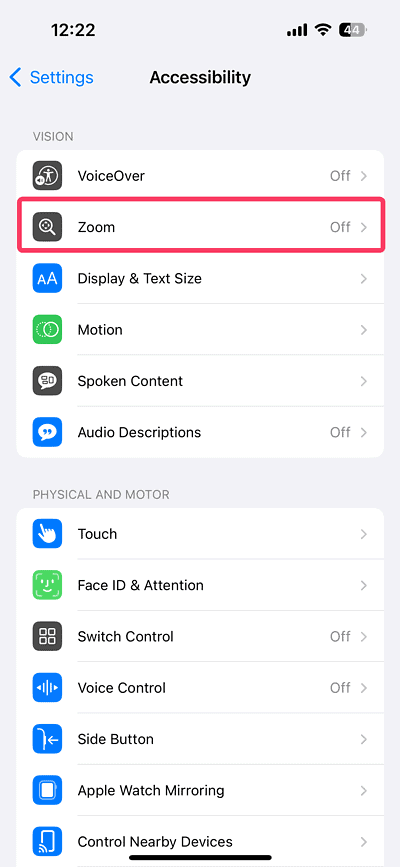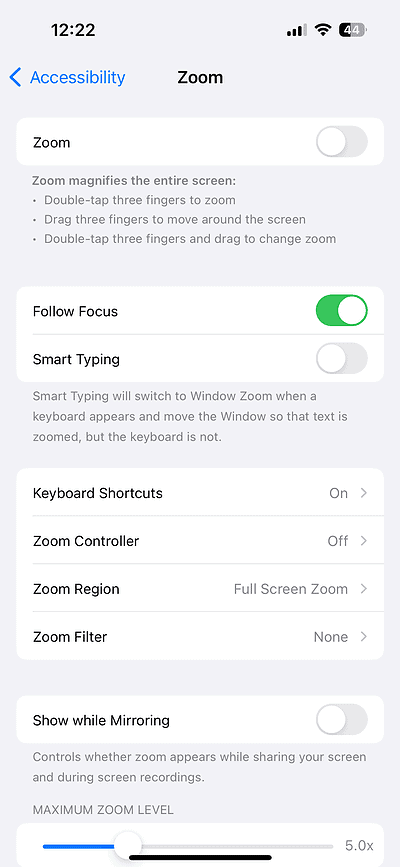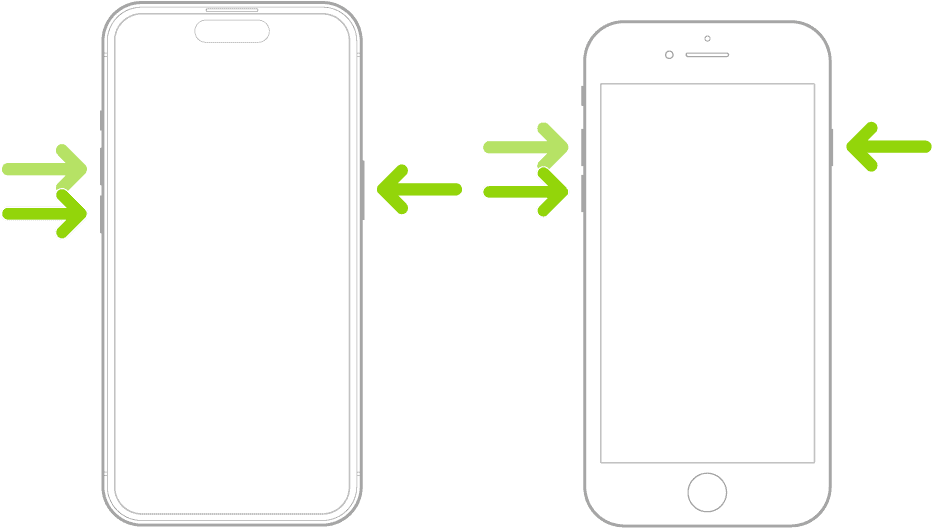Imagine reaching for your iPhone to send a quick text or capture a funny moment, only to be greeted by a blinding white screen. No icons, no lock screen, no response — just an unsettling white void. This scary situation, often called the “White Screen of Death (WSOD),” makes your device unusable. You can’t access apps, data, core functionalities, or anything else. And as using your phone relies on the screen, seeing this blank white iPhone screen can be very frustrating.
The good news? In many cases, it doesn’t necessarily mean a trip to the Apple Store. In this guide, I’ll share with you some effective troubleshooting tips to address this issue and get your iPhone working again.
What Causes the White Screen Issue on iPhones?
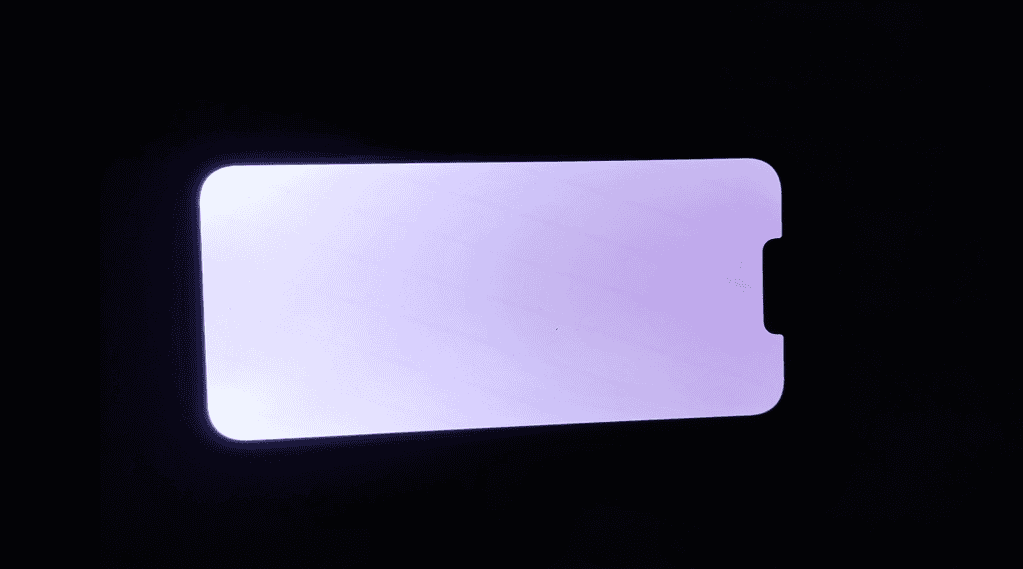
First things first: what actually causes this annoying white screen?
Unlike the blue screen of death, which people encounter on a PC, the iPhone’s WSOD shows little to no clues about the cause. Obviously, however, the problem could be lurking in the software or hardware.
On the software side, a buggy app update can introduce compatibility issues or overwhelm the iPhone’s resources. This can lead to a crash and the dreaded white void. It could also be corrupted system files or software bugs messing with the normal operations, causing your iPhone to freeze on a white screen.
The hardware side presents a whole different set of challenges.
A loose connection between the iPhone’s motherboard and display can disrupt the signal and cause a white screen. This can happen due to a drop or even normal wear and tear. In some unfortunate cases, the display itself might be faulty due to internal damage from a drop or exposure to liquid, resulting in a permanent white void. Even worse, critical hardware failures like a fried logic board or a wonky memory chip could be the real villains behind the WSOD.
How To Reset iPhone if It’s Stuck on the White Screen
1. Check Zoom via Three-Finger Tap
Before proceeding with the other fixes, check whether you have accidentally turned on the screen magnification. This won’t solve the issue in most cases, but there’s a slight chance you don’t have a White Screen of Death.
Time needed: 2 minutes
The screen magnification feature lets you zoom in on a specific part of the screen for a closer look, and you may be zoomed in super close on a white area. In this scenario, the usual taps wouldn’t work because everything is magnified. Here’s what to do:
- Try double-tapping anywhere on the screen with three fingers. This should toggle the zoom level on or off.
- After resolving the issue, you can further adjust Zoom settings so it won’t happen again. Go to Settings > Accessibility > Zoom.
- Here, you can turn Zoom off completely or adjust magnification settings to your preference.
2. Force Restart Your iPhone
The second line of defense against a white screen is a force restart. In the past, a force restart has been my saving grace on multiple occasions. It’s a simple yet effective technique that’s worth trying first whenever your iPhone misbehaves.
This step essentially gives your iPhone a forceful nudge, bypassing the usual shutdown process and restarting everything from scratch. It’s a quick way to clear minor software glitches.
Depending on your iPhone model, here’s how to perform force restarts.
iPhone 8 or Newer Models (including iPhone X, 11, 12, 13)
- Quickly press and release the volume up button.
- Quickly press and release the volume down button.
- Immediately press and hold the side button (the button on the right side). Don’t let go even if the slide to power off prompt appears.
- Keep holding the side button until you see the Apple logo.
iPhone 7 or iPhone 7 Plus
- Press and hold both the side button and the volume down button simultaneously.
- Keep holding them until the Apple logo appears.
3. Use Recovery Mode
Okay, if a hard reset didn’t work, try putting it into recovery mode and then restoring it with your computer. But here’s the thing: things work a little differently depending on what kind of Mac you have.
For Macs running Catalina or earlier, you’ll be using iTunes. For newer Macs with macOS Big Sur or later, you’ll need to use Finder. Windows systems will still use iTunes.
No matter what system you’re on, the first step is the same. Grab your iPhone’s cable, connect it to your computer, and open Finder (Catalina or later) or iTunes (everything else). Once it’s open, find your iPhone listed on the sidebar and select it.
Here’s where things change depending on your iPhone model.
iPhone 8 and newer
Quickly press and release the volume up button, then the volume down button. Now, hold down the side button until you see the Recovery Mode screen appear on your iPhone.
iPhone 7 and 7 Plus
Hold down both the volume down button and the side button at the same time until you see the Restore page.
iPhone 6S and earlier
Hold down both the Home button and the side/top button until the Recovery Mode screen appears.
Once you see the Recovery Mode screen on your iPhone, you’ll see two options on your computer screen: Restore and Update. We want to avoid a full restore if possible, so choose Update. This will reinstall the iOS system without wiping your data, hopefully fixing the white screen issue.
4. Try Disk Firmware Update (DFU) Mode
DFU mode is even more hardcore than recovery mode. It basically turns on the iPhone but prevents it from starting up the iOS. This lets you make changes to the core software itself, which can be a lifesaver in tough situations. However, DFU mode is trickier and requires more precise timing, so be warned. Here’s how to enter DFU mode:
- Connect your iPhone to a computer using your lightning cable.
- Open Finder (on Mac) or iTunes (on Windows).
- Find your iPhone on the program and select it.
- Press and quickly release the volume up button.
- Press and quickly release the volume down button.
- Press the side button until the screen goes black.
- While still holding the side button, press and hold the volume down button for five seconds.
- After five seconds, release the side button, but KEEP HOLDING the volume down button for an additional 10 seconds.
If you timed it right, your computer should detect your iPhone in DFU mode. In Finder or iTunes, you’ll see a prompt to Restore. This will completely erase your iPhone and install a fresh copy of iOS. It’s a big step, but hopefully, it will bring your iPhone back to life and banish the white screen for good.
5. Contact Apple Support
Sometimes, a software restore might not be enough, indicating that a hardware malfunction could be the culprit. Apple Support can help determine the root cause and guide you through the appropriate repair options. You can contact them through their website, by phone, or by visiting an Apple Store. Their team deeply understands iPhone hardware and software and has the necessary tools to perform more advanced diagnostics.
Remember to describe the white screen issue you’re experiencing on your iPhone, along with any troubleshooting steps you’ve already attempted. The more information, the better.
